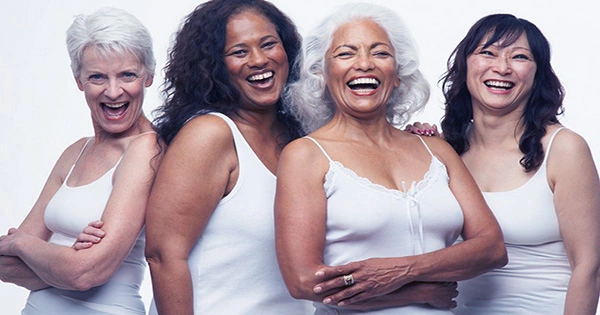If you’ve ever looked through your relatives’ old photo albums from when they were young, or seen old TV episodes, you might have wondered why the hell these teens appear anxious about mortgages and pensions on their way to their bi-annual prostate exams.
While some of it is undoubtedly due to selection bias (hey, shocker, not everyone ages at the same rate), is there any validity to the idea? Yes, according to a Vsauce video on the subject, but part of it is about how particular looks from the past get linked with being “old” as the individuals who wear them age.
As Michael Stevens from Vsauce explains in the video, there have been changes in aging rates over time due to factors such as living standards, improved healthcare, and lifestyle choices – of course, in the luckier parts of the world, and even within regions where these improvements have been made, there are disparities based on income and class.
While it may come as no surprise that higher living standards affect how you age (surprise, if you work in an office, you will age better than a Victorian chimney sweep who smokes 20 cigarettes a day), the difference is quite evident over just a few decades.
A 2018 study looked at how biological aging (as measured by markers like blood pressure and lung function) altered in relation to chronological age between 1988 and 2010. They discovered that even over such a short period of time, there were considerable changes in aging, with more recent generations biologically “younger” than those that came before them.
“Over the past 20 years, the biological age of the US population appears to have decreased for males and females across the age range,” the study’s authors stated.
“However, the degree of change has not been the same for men and women, or for people of different ages.” Our findings revealed that young males improved faster than young females. This finding could explain why males’ early adult mortality has reduced more than females’, helping to close the gender mortality gap. Furthermore, improvements were greater in older persons than in younger adults.”
The study focused on lifestyle factors such as smoking, which contributed to the closing of the biological age difference between men and women as men began to smoke less and women caught up, as well as medication use, which led to improvements in health.
“However, a substantial proportion of the decreases over time went unaccounted for,” they write. “Other explanations for the improvements in population health that we were unable to test are better early-life and prenatal conditions, as well as reductions in infectious disease.”
While these characteristics may play a role in why people from the past appear older to us, they are far from the complete picture. As Michael from Vsauce points out, it would explain why 60-year-olds appear 56, 40-year-olds look 37.5, and 20-year-olds seem 19.
According to Vsauce, one major cause (along with all of the other changes, such as advances in dental care and sunscreen that protects the skin from aging) is simply our biases about how we see earlier clothes. We retroactively identify past fashions with being old, even when gazing at images of objectively youthful people wearing the identical garment from 1972.
Throw in some selection bias (for a magnificent example, look up Sonny from Grease) and you’ve probably got a fair explanation for why people from the past appear older than they do now.
















